Do you suffer from calf cramps? Stretching and massaging the affected area can provide you with immediate relief. In this article, we will discuss how to massage away calf cramp and enjoy relief instantly. We will look at the best techniques to use and the areas to target to get the best results.
Contents
What Causes Calf Cramps?
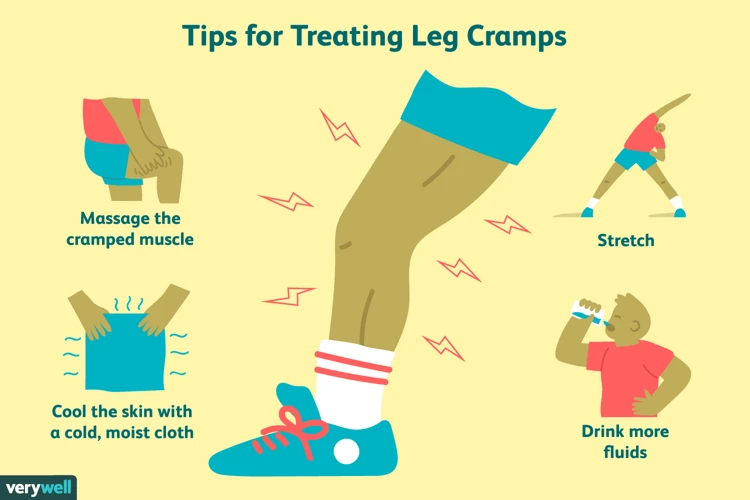
Calf cramps can be caused by a variety of factors, including dehydration, electrolyte imbalance, overuse of muscles, lack of warm-up prior to exercise, muscle fatigue, and age. Other contributing factors include poor posture, inadequate stretching, and imbalances in strength and flexibility between the calf muscles and the surrounding muscles. Additionally, people who are taking certain medications, such as diuretics and statins, may be more prone to calf cramps.
Massage is an excellent way to help alleviate calf cramps and enjoy relief instantly. It can help to reduce tension in the calf muscles and improve circulation in the area. Massage can also help loosen tight muscles and reduce inflammation, which can help to reduce the discomfort of calf cramps. Additionally, a massage can help to improve range of motion in the calf muscles and reduce the risk of future calf cramps.
Benefits of Massage for Calf Cramps
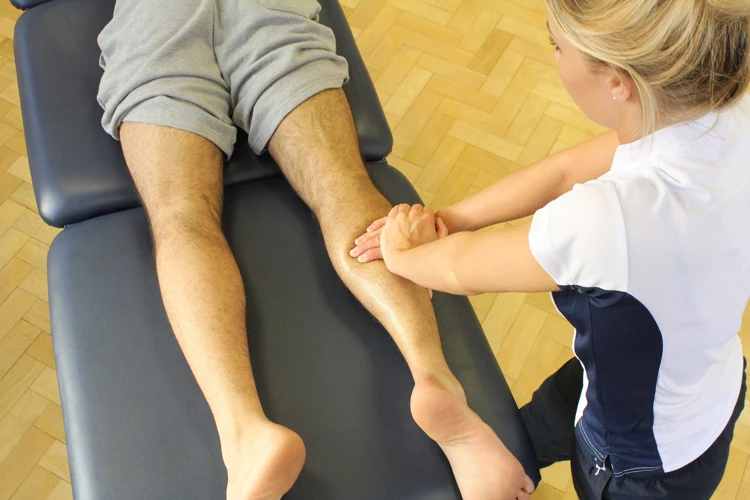
- Reduces Inflammation – Massaging the calf muscle helps reduce inflammation and soreness caused by cramping.
- Improves Circulation – Massage helps improve circulation in the calf, which can help reduce the severity of a cramp.
- Relieves Pain – Massage can help alleviate the intense pain caused by a calf cramp.
- Improves Flexibility – Massaging the calf muscle can help improve its flexibility and range of motion.
- Decreases Stress – The relaxation that comes with massage can help reduce stress levels, which may reduce the occurrence of cramps.
A massage is a great way to provide relief and relaxation to those suffering from calf cramps. By massaging the calf muscle, you can reduce inflammation and soreness, improve circulation, relieve pain, improve flexibility and decrease stress levels. With these benefits, it’s easy to see how to massage a cramp away and enjoy instant relief.
Preparing for a Calf Massage
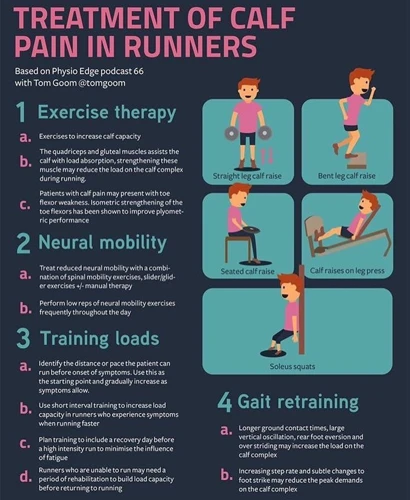
Before beginning a massage, it is important to gather the necessary materials. You will need a comfortable surface to lie on, such as a bed or massage table, and a massage oil or lotion. For the massage, a soft towel and a tennis ball can also be useful.
Once the massage area is ready, it is important to take the time to relax and mentally prepare for the massage. Take a few deep breaths and focus on releasing tension from your body. This will help ensure that the massage is as beneficial as possible.
Before beginning the massage, it is important to check the muscle for tenderness or knots. If there are any areas that are especially sore, it is important to focus on them and work them out gently.
To begin the massage, use gentle but firm strokes. Start with the calf muscle, then move to the other muscles of the leg. Make sure to use gentle strokes and to work out any knots or tender areas.
Finally, it is important to focus on relaxing the muscle. To do this, use long strokes and circular motions to massage the muscle. This will help to relax the muscle and reduce cramping.
By following these steps, you can massage away calf cramps and enjoy relief instantly. With regular massage, you can help to prevent future muscle cramps and reduce the pain associated with them.
Techniques for Massaging Away Calf Cramps
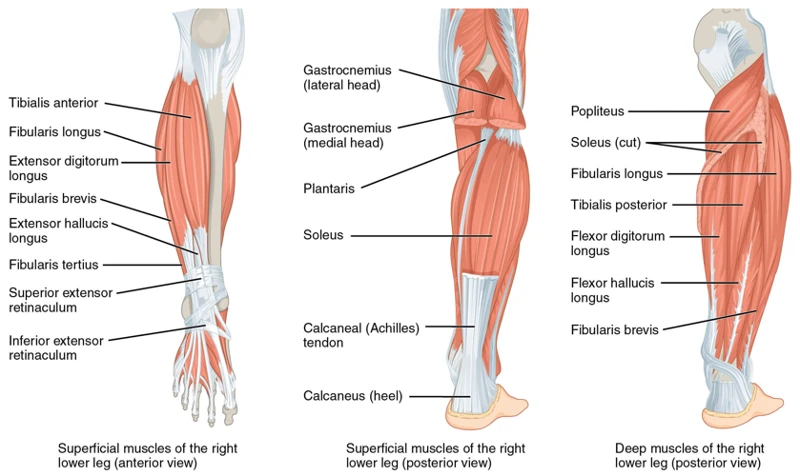
Massage the Stretched Muscle
Start by massaging the cramp with your fingers. Use circular motions to massage the muscle until it relaxes. You can also apply pressure to the cramp with your thumbs. This will help to relieve the tension in the muscle.
Use Pressure on Trigger Points
Trigger points are areas of tension in the muscle that can be released by applying pressure. To find trigger points, press the area around the cramp and see if you can feel any tight spots. When you find a trigger point, apply pressure for 15-30 seconds.
Apply Heat
Applying heat to the affected area can help to relax the muscle and reduce the cramp. You can use a heating pad, a hot water bottle, or even a warm towel. Keep the heat on the area for around 10 minutes to get the best results.
Cool Down
After applying heat and massaging the muscle, it is important to cool down the area. This will help to reduce inflammation and prevent further cramps. You can do this by applying a cold compress to the area for 10-15 minutes.
By using these techniques, you can massage out a leg cramp and enjoy instant relief. Remember to stay hydrated and stretch regularly to help prevent cramps in the future.
Massaging Away Leg Cramps
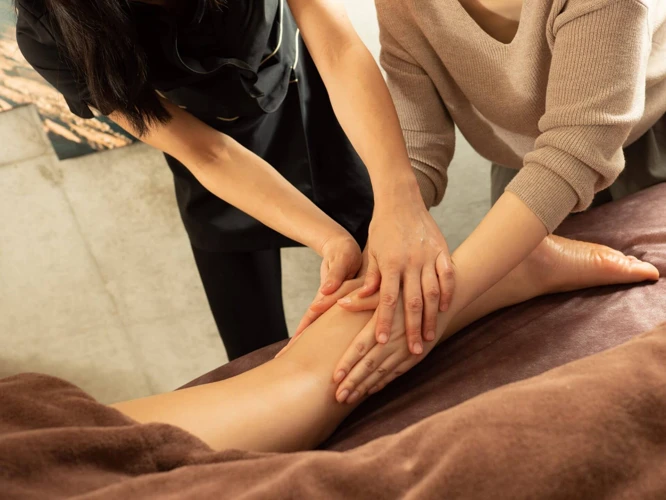
- Leg cramps can be caused by a few factors, including dehydration, muscle fatigue, and hormonal changes.
- Massaging the affected area can help alleviate the pain from leg cramps.
- Massage techniques should be gentle, and should not cause pain or discomfort.
- A light massage is typically enough to release the tension in the muscle, and reduce the pain.
- It may be beneficial to stretch the muscle before and after massaging for added relief.
- Heat can also be used to help reduce the pain of leg cramps. Applying a warm compress or hot water bottle to the affected area can help relax the muscle and reduce the cramping sensation.
For those looking for instant relief from leg cramps, massaging the affected area can be an effective way to reduce the pain and tension. Massage techniques should be gentle, and should not cause pain or discomfort. A light massage is typically enough to release the tension in the muscle, and reduce the pain. It may be beneficial to stretch the muscle before and after massaging for added relief. Heat can also be used to help reduce the pain of leg cramps. Applying a warm compress or hot water bottle to the affected area can help relax the muscle and reduce the cramping sensation. With a few simple techniques, anyone can learn how to massage leg cramps away and enjoy relief instantly.
Massaging Away Muscle Cramps
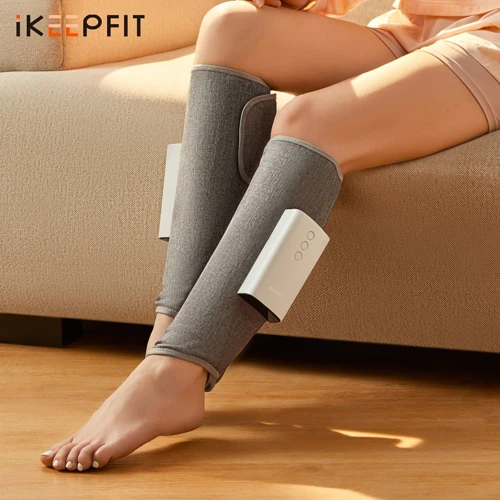
Muscle cramps are painful and can be a real nuisance. Luckily, there are a few simple techniques you can use to massage away cramps and enjoy relief instantly.
| Technique | Description |
|---|---|
| Finger Pressure | Gently press with your fingers around the area of the cramp. Use circular motions to massage the muscles. |
| Thumb Pressure | Using the thumb, press and massage the area of the cramp in circular motions. Apply firm pressure but don’t press too hard. |
| Finger Rubbing | Using your thumb and index finger, rub the area of the cramp in a circular motion. Use light to moderate pressure. |
| Finger Knuckling | Gently knuckle the area of the cramp using your thumb and index finger. Use light to moderate pressure. |
These techniques can be used on any muscle cramp, including how to massage cramps on leg. Stop the massage if it causes increased pain or discomfort. You should begin to feel relief from the cramp within a few minutes.
Massaging Out a Leg Cramp
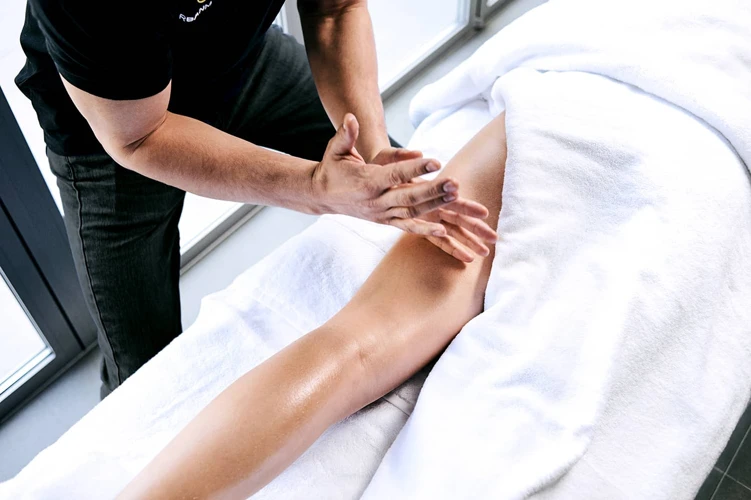
- Gently massage the area. To alleviate a calf cramp, gently massage the area in a circular motion. This helps to relax the muscles and ease the pain.
- Apply heat or cold. If a cramp persists, apply a cold or hot compress to the cramped area. This will help to reduce the pain and relax the muscles.
- Stretch. To loosen the tightened muscles and regain flexibility, perform a few stretches. This will help to reduce the severity of the cramp.
- Take a hot shower. Taking a hot shower can help to relax the muscles and ease the pain of a leg cramp. Make sure to keep the water temperature comfortable and not too hot.
- Take a short walk. Taking a short walk can help to get the blood flowing and relieve the pain of a leg cramp. However, if the cramp persists, stop walking and seek medical attention.
- Drink fluids. It is important to remain hydrated while massaging out a leg cramp. Drinking fluids helps to replenish the body with essential electrolytes and minerals, which can help alleviate the cramp.
Using these simple steps, you can quickly massage away a thigh cramp and enjoy relief instantly.
Massaging Thigh Cramps
Thigh cramps can be very painful and can make it difficult to move. Massaging the affected area can help to alleviate the pain and discomfort. To massage away thigh cramps, start by sitting or standing in a comfortable position.
Step 1: Apply gentle pressure to the area of the cramp, using your fingertips or knuckles. This will help to relax the muscles and reduce the pain.
Step 2: Use long, slow strokes to massage the area. This will help to increase circulation and reduce the tension in the muscles.
Step 3: Use smaller, circular motions to massage the area. This will help to further relax the muscles and reduce the pain.
Step 4: Gently stretch the muscles after massaging. This will help to relieve any remaining tension.
Step 5: Repeat the massage and stretching regularly to help prevent future cramps.
| Technique | Description |
|---|---|
| Apply Pressure | Gently press the area of the cramp with fingertips or knuckles. |
| Long, Slow Strokes | Use long strokes to massage the area, to increase circulation and reduce tension. |
| Circular Motion | Use smaller, circular motions to massage the area. |
| Stretch | Gently stretch the muscles after massaging. |
| Repeat | Repeat the massage and stretching regularly to help prevent future cramps. |
Massaging is a great way to relieve thigh cramps and should be done regularly to help prevent them from occurring. If the cramps persist, seek medical advice.
Frequently Asked Questions
How often should I massage my calves to prevent cramps?
- Frequency: Massage your calves at least once a day. This helps prevent cramps and keeps the muscles flexible and relaxed.
- Duration: A 10-minute massage should be sufficient for most cramp prevention.
- Technique: Use circular motions and long, firm strokes to massage your calves. You can also use a foam roller or ball to target deeper areas of the muscle.
To ensure best results, it is recommended to massage your calves before and after physical activities like running, sports, or weight lifting. This will help to reduce muscle tension and prevent cramps.
What types of oils and lotions are best for calf massage?
Oils:
- Coconut oil: It is an excellent base for massage and is easily absorbed by skin.
- Castor oil: It has anti-inflammatory properties that can help reduce swelling and pain.
- Almond oil: It moisturizes the skin and has anti-inflammatory properties.
- Olive oil: It nourishes the skin and also has anti-inflammatory properties.
- Grape seed oil: It is light and non-greasy, making it ideal for massaging the calves.
Lotions:
- Menthol lotion: It helps to relax the muscles and provides a cooling effect.
- Aloe vera lotion: It soothes the skin and helps reduce inflammation.
- Arnica lotion: It helps reduce swelling and pain as well as speeds up healing.
- Lavender lotion: It has calming properties that help to relax the muscles.
- Eucalyptus lotion: It helps improve circulation in the area and provides relief from pain.
How do I know if I’m massaging the right area to relieve cramps?
- Location: Check the location of the cramp and the surrounding muscles to ensure that you are massaging the right area.
- Pressure: Apply firm pressure to the area, but not too hard. You will feel a tenderness but not any pain.
- Movement: Massage the area in a circular motion, gradually increasing the pressure as you go.
- Release: You should feel the tension dissipate as you massage the area and the cramp should be relieved.
Once the area is relaxed, stop the massage and move on to the next muscle group. If the cramp persists, you may need to massage the area for longer or apply more pressure. However, if you experience any pain or discomfort, stop the massage immediately.
Can Calf Massage Be Used to Help with Other Types of Muscle Pain?
Yes, calf massage can be used to help with other types of muscle pain. It can be used to alleviate tension, reduce inflammation, and improve circulation. Additionally, calf massage can help improve flexibility and range of motion in joints, as well as reduce stress and anxiety. Additionally, regular massage can help prevent muscle cramps and pain by increasing blood flow and oxygen to the muscles.
Are there any potential side effects of calf massage?
Calf massage is generally safe and does not have any significant side effects. However, it is important to be aware of the potential risks such as increased muscle soreness, skin irritation and bruising. If you experience any of these symptoms, you should stop the massage immediately and consult your doctor.
Conclusion
Massaging the calf muscles can be an effective way to quickly relieve calf cramps. Applying pressure to the area helps to break up knots in the muscle, releasing tension and pain. However, if symptoms persist or worsen, it is important to speak to a medical professional for further evaluation and treatment.

